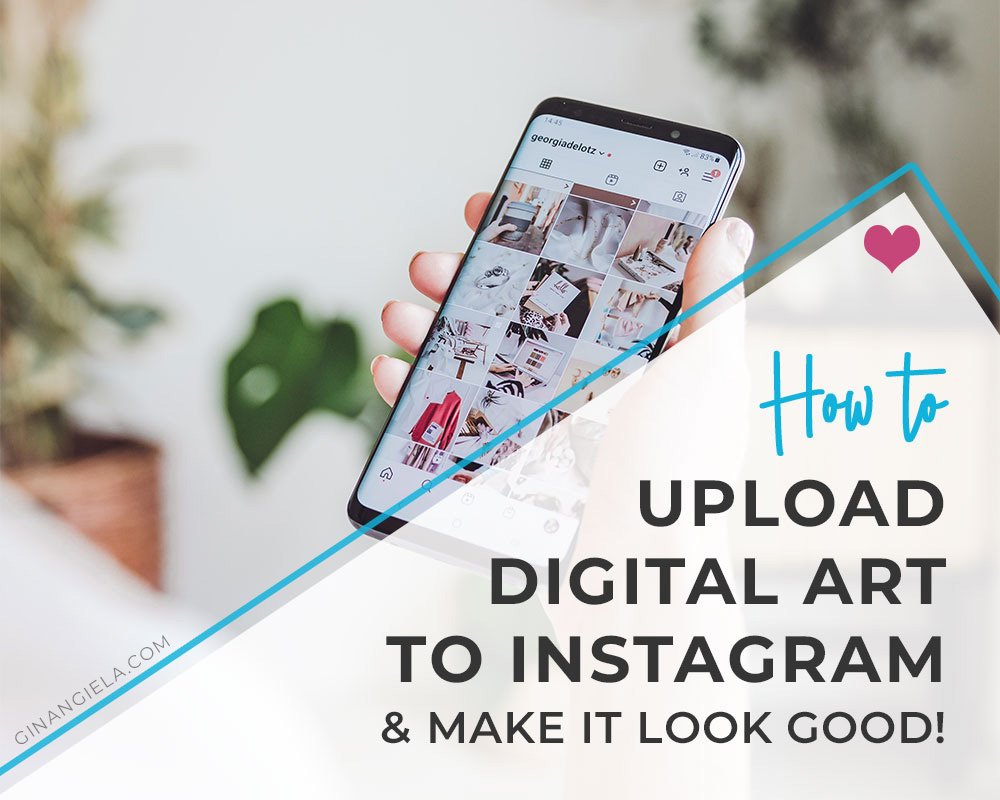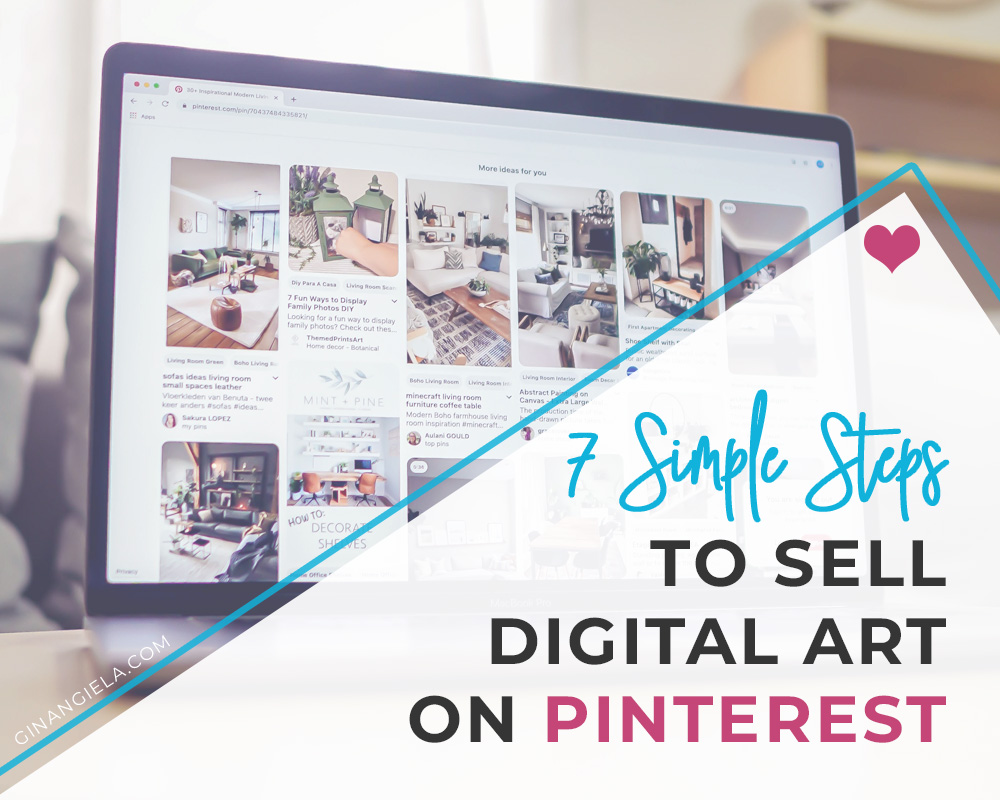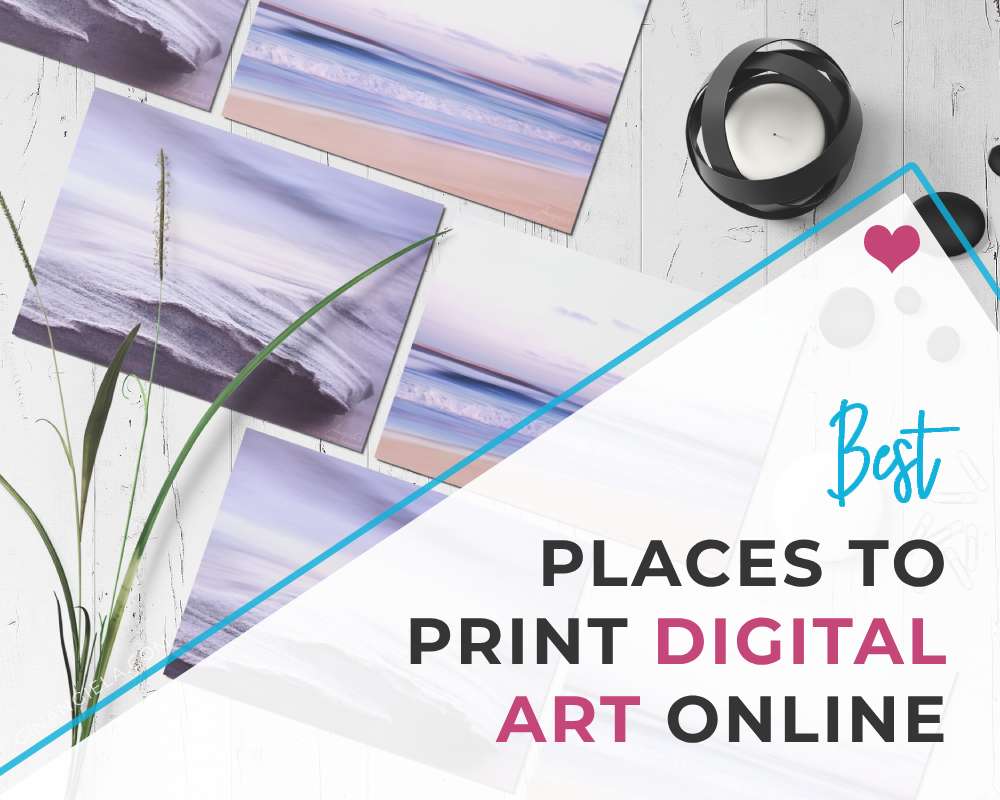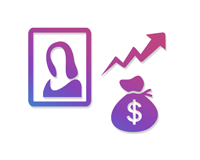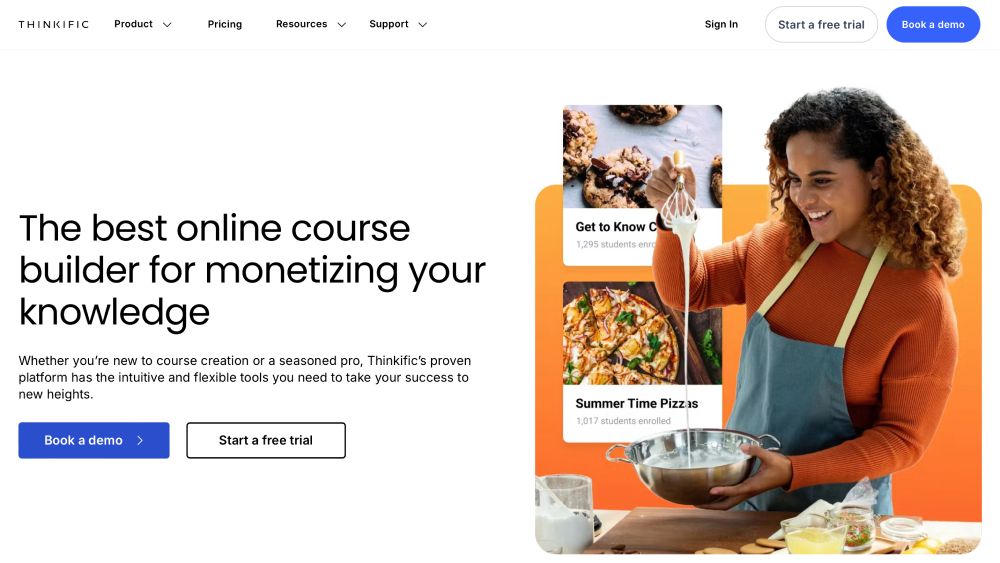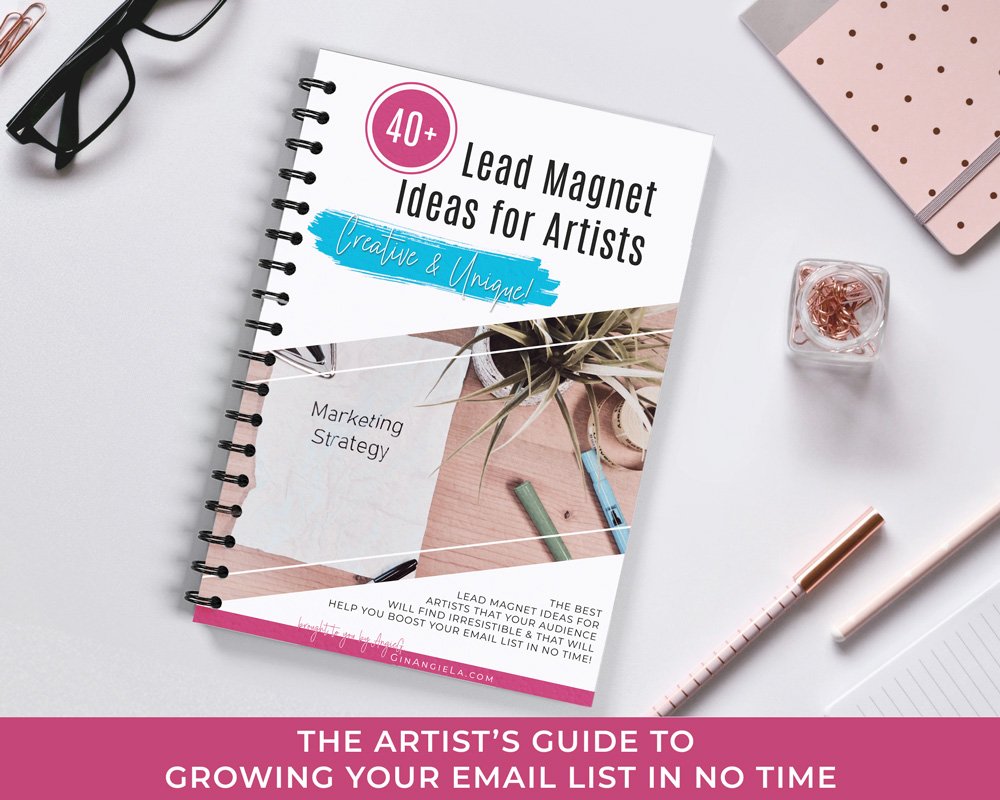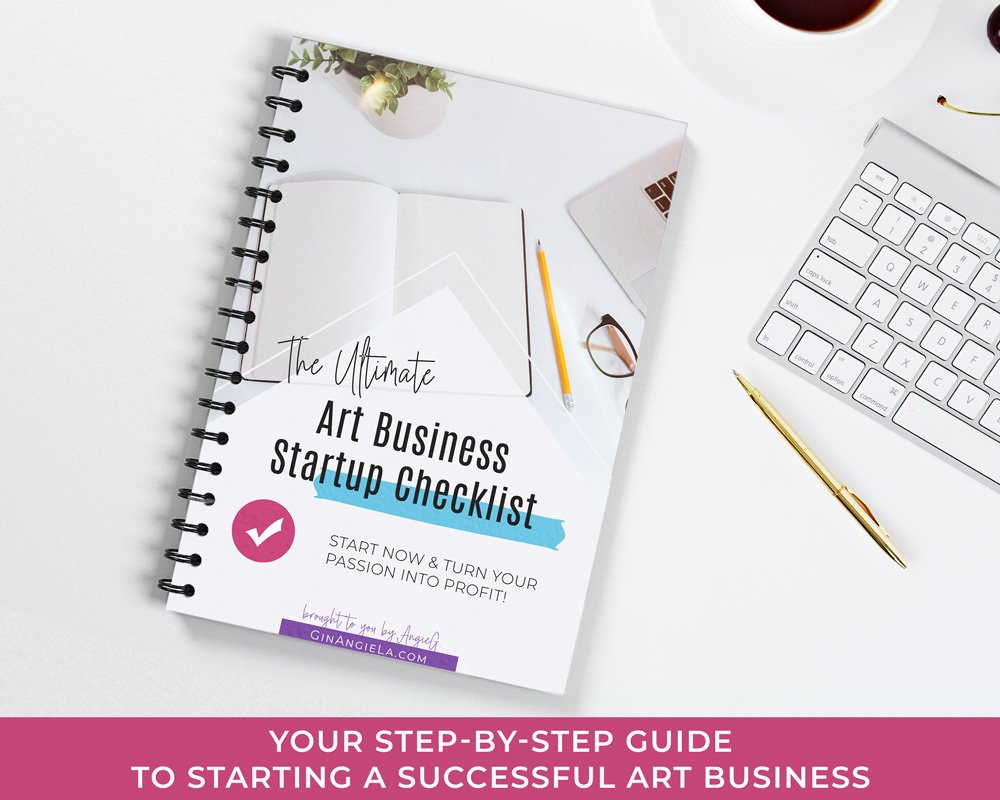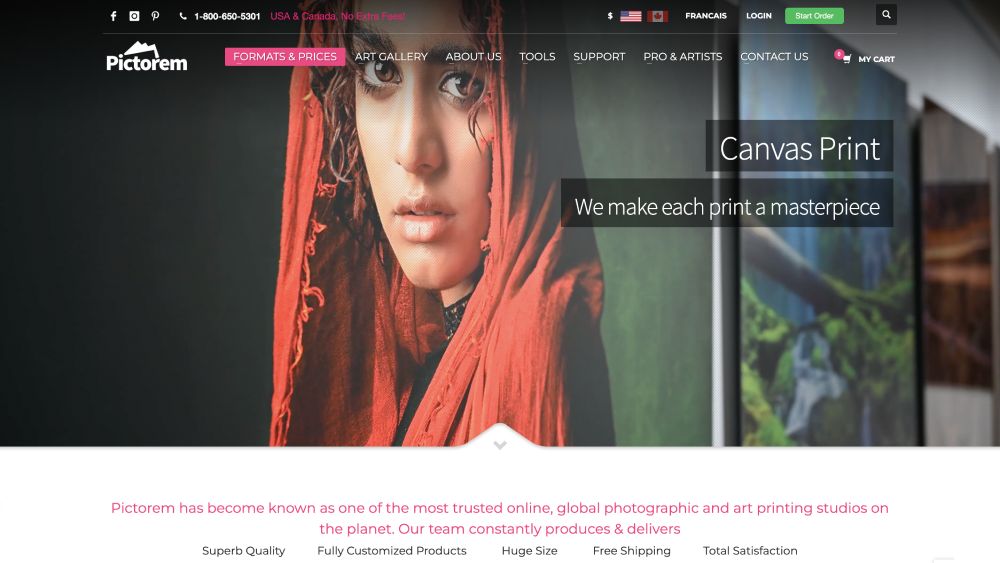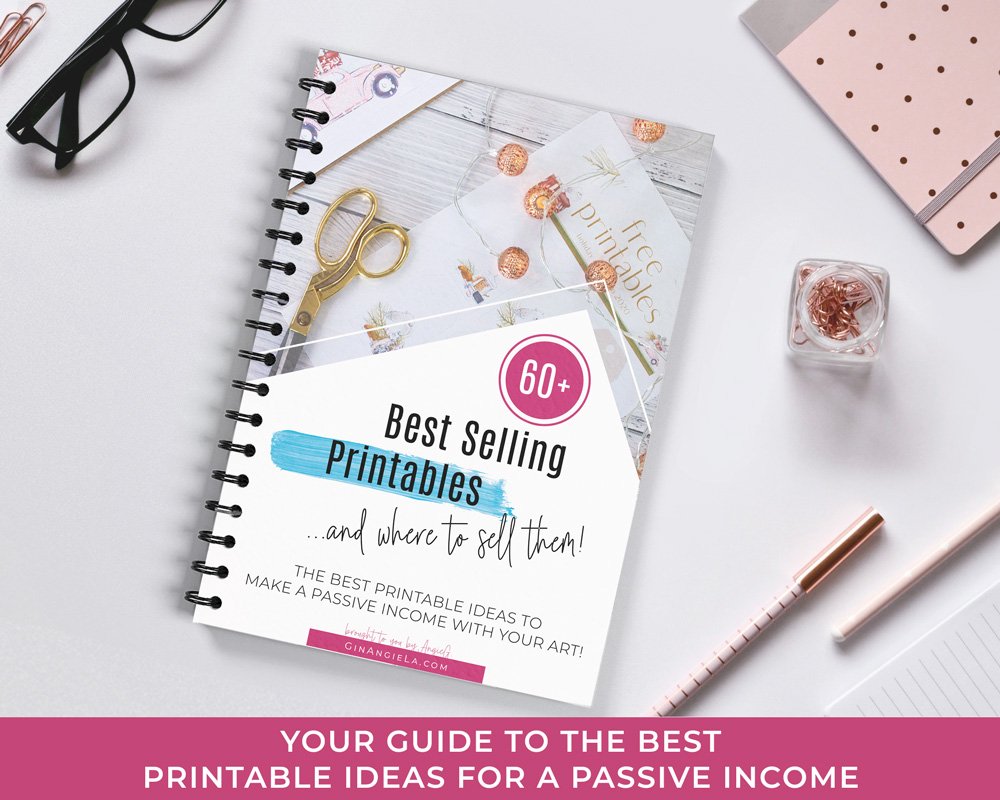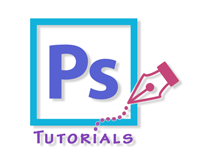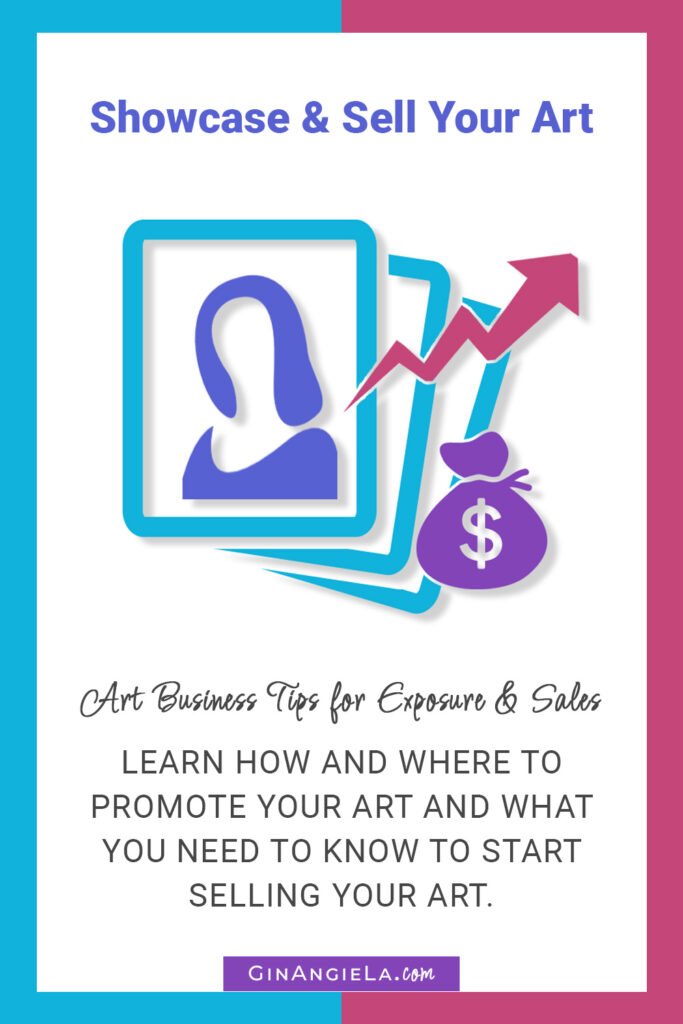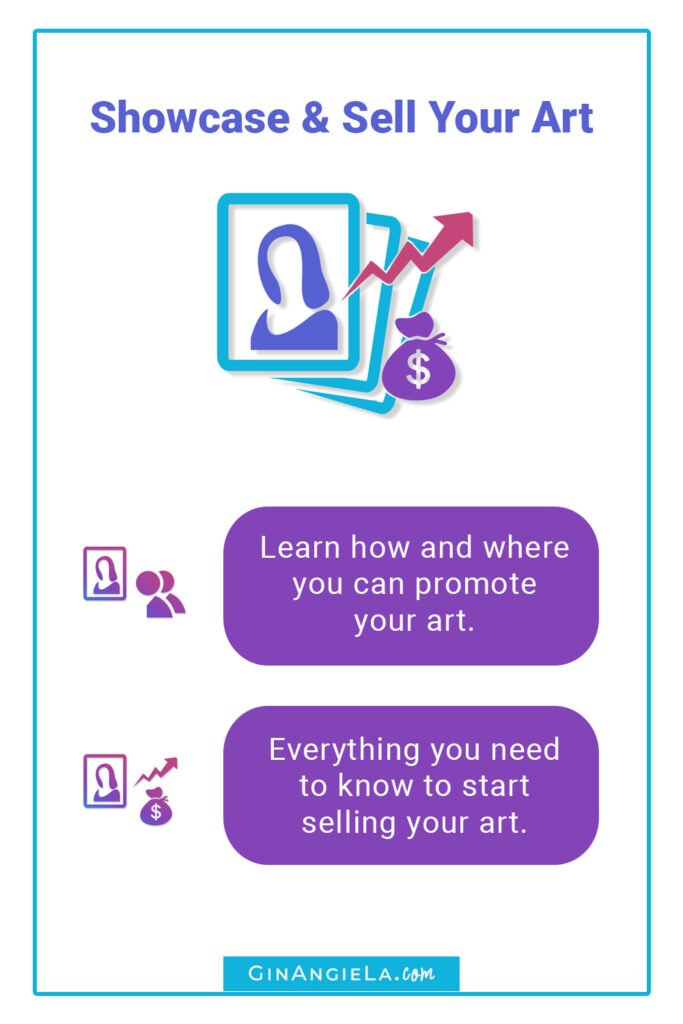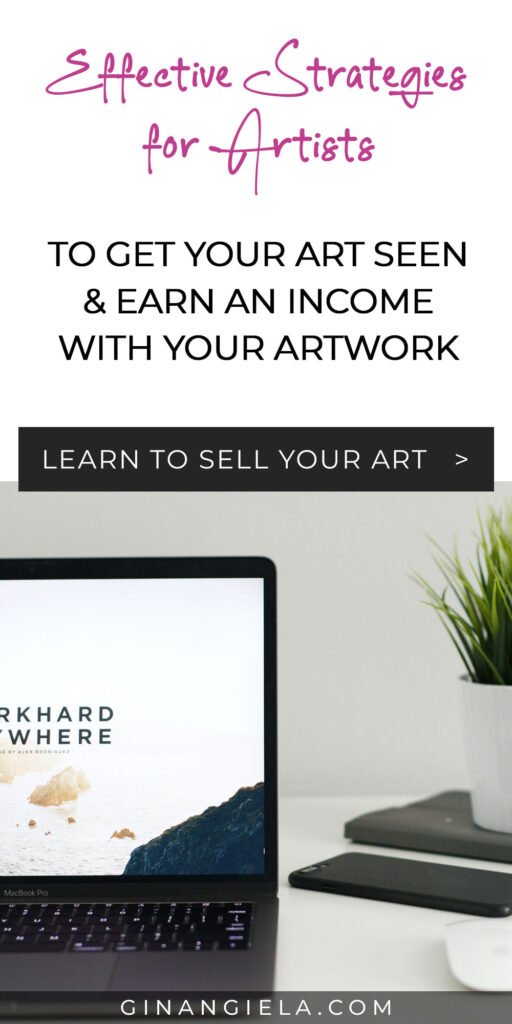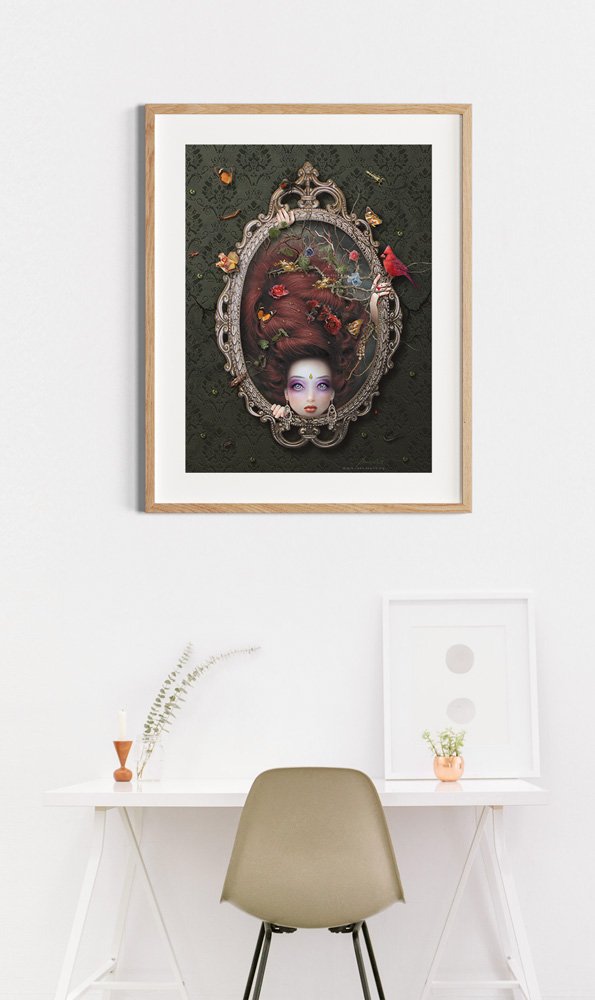There are lots of new artists wanting to learn how to do art. Even though teaching might not be the first thing you think of when finding ways to start selling art, it’s definitely worth giving it a thought!
Look at it this way: over time, you have gained a lot of knowledge and practice in your craft. In case you have taught yourself digital art, you might have discovered one or the other knack that you might not have learned in art school.
All those things are valuable skills that are fundamentally useful for new artists who are some steps behind you. If you can teach them how it’s done, you do not only gain more attention and credibility as an artist, but you will also have the chance to sell your art.
For example, if you create your art using Photoshop, you can offer Photoshop tutorials and show newcomers how to use the program. Likewise, if you know how to use your tools of the trade in art, you can show others how to work with drawing tablets (as a digital artist) or brushes, paints, and varnishes (as a traditional artist).
These are just a few examples, there is much more to learn with regards to how to find new inspiration to create art or how to promote & sell art. If there is a skill you had to learn first, chances are other people are keen to learn it as well!
There are multiple online sites where you can share your artistic skills. Some e-learning platforms that are great for selling your own art courses are I can recommend checking out are Thinkific and Payhip.
The big advantage of Thinkific and Payhip over conventional e-learning platforms like Skillshare and Udemy is that you are in control of what your course looks like and how much you earn from it.
On Skillshare and Udemy the customization options are more limited and you’ll have to agree to the platforms’ pricing and discount regulations … and if they are suddenly changing their rules, you will not anymore get paid for each students subscribed, but for every minute watched…
That’s why a self-managed platform like Thinkific or Payhip might be the better option in the long run.


